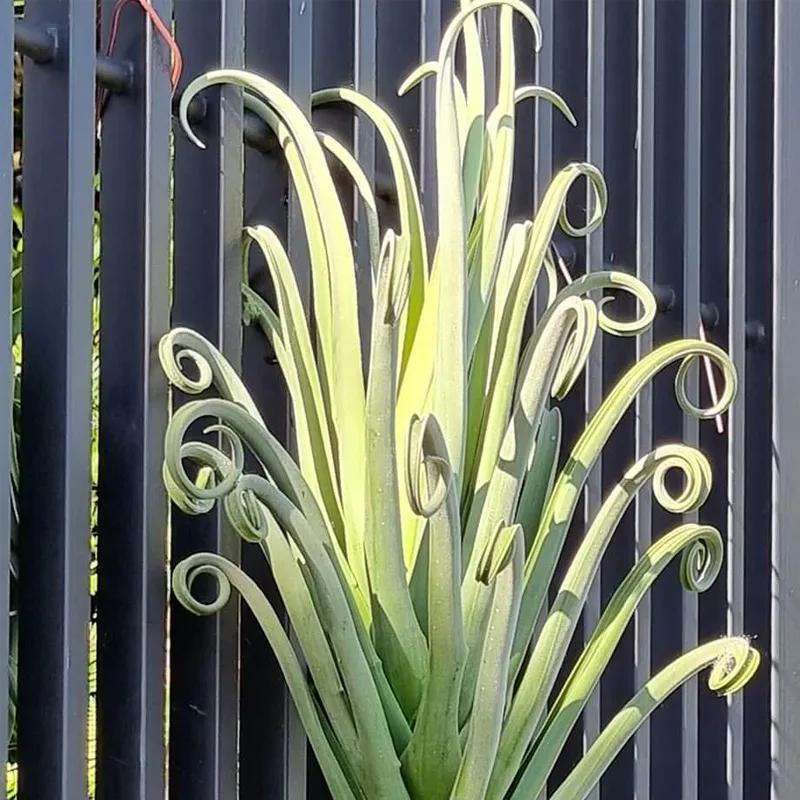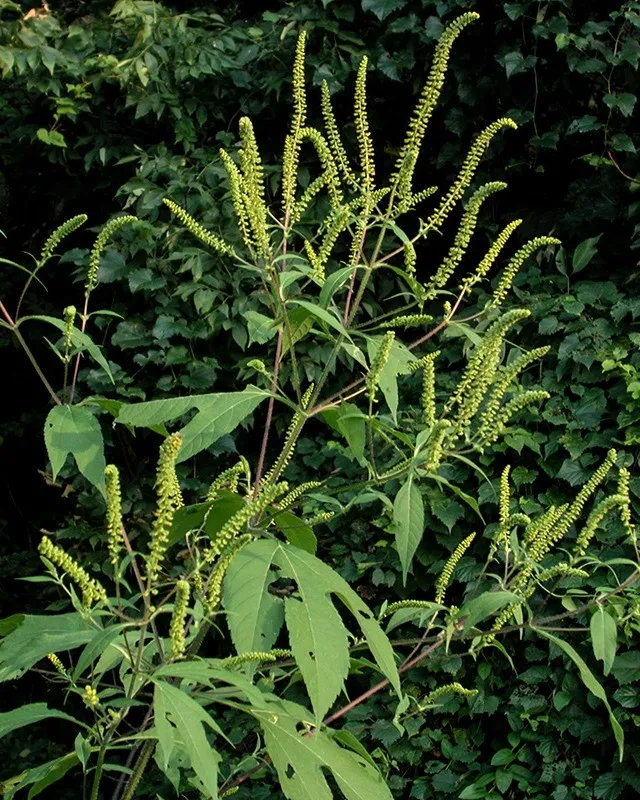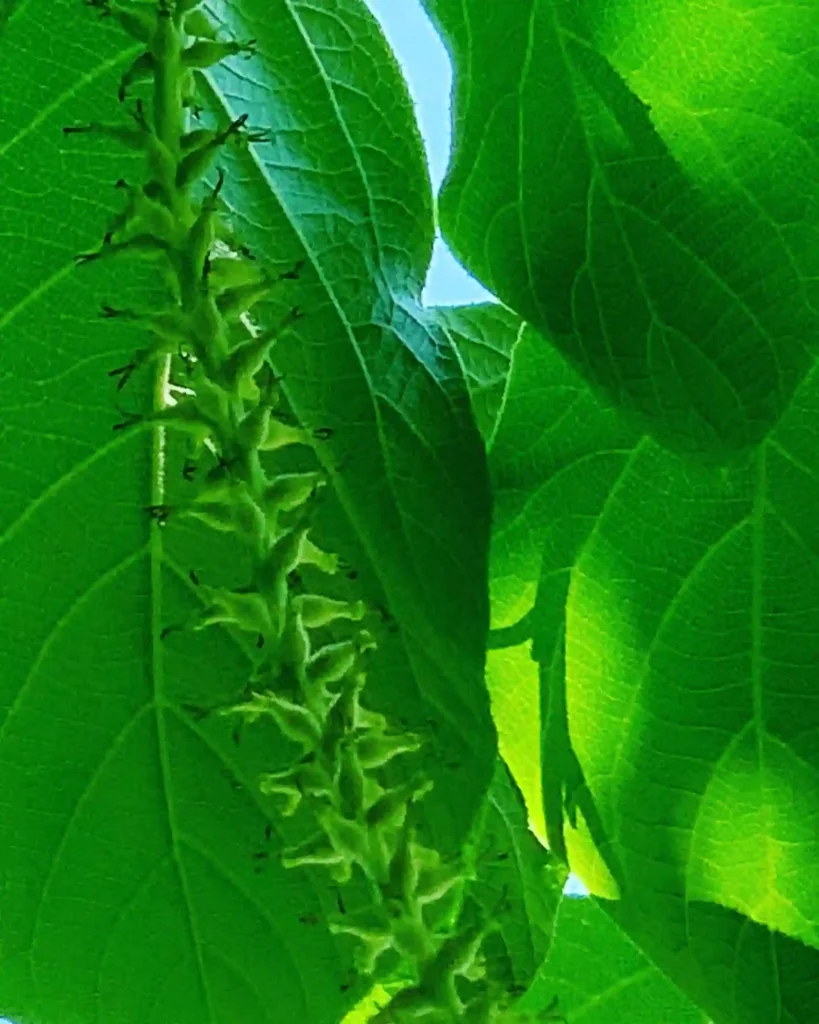Exploring the Rousseaceae Family: A Personal Journey
The Rousseaceae family is a unique group of flowering plants that have captured my fascination over the years. It encompasses several genera, including Abrophyllum, Carpodetus, Cuttsia, and Roussea. Each of these genera presents a distinct profile, offering a wealth of diversity and interesting traits. In this article, I’ll share my experiences and insights into this family of plants, illustrating why they hold a special place in my botanical journey.
An Overview of the Rousseaceae Family
Rousseaceae is a relatively small family, primarily found in tropical regions. This family is often characterized by its evergreen shrubs and trees. The leaves are usually opposite and simple, and many species produce attractive flowers, adding aesthetic value to gardens and landscapes. What stands out to me is how resilient these plants are, thriving in various conditions, from rainforests to more arid environments.
Genera of the Rousseaceae Family
Abrophyllum
One of the more intriguing genera within the Rousseaceae family is Abrophyllum. This genus includes a small number of species, primarily found in Australia and New Guinea. I remember first encountering Abrophyllum in a botanical garden, where its glossy leaves and delicate white flowers caught my eye. These plants thrive in moist, shaded environments, often found under the canopy of taller trees.
Abrophyllum has a unique growth habit, typically developing as a shrub. Its adaptability to different soil types and conditions makes it an excellent choice for gardeners looking to diversify their landscapes. The flowers, while not large, have a subtle charm that draws pollinators like bees and butterflies.
Carpodetus
Next on my journey through the Rousseaceae family is the Carpodetus genus. Comprising a few species, Carpodetus is native to New Zealand and parts of Australia. I had the chance to explore this genus during a visit to New Zealand’s lush forests. The trees, known as “carpodetus,” are notable for their striking bark and attractive foliage.
One of the species, Carpodetus serratus, stands out for its ability to grow in challenging environments. I witnessed this resilience firsthand when I saw a mature tree thriving on rocky slopes. The flowers of Carpodetus are small but form in clusters, creating a delightful display that adds to the landscape’s beauty. I found it fascinating how this genus plays a role in supporting local wildlife, including various bird species that rely on its fruit.
Cuttsia
Moving on, we come to Cuttsia, a genus that often piques interest due to its limited distribution. With just a few species found primarily in Madagascar, Cuttsia embodies the unique flora of this biodiverse island. My first encounter with Cuttsia was during a visit to a botanical reserve focused on Madagascar’s endemic species.
The plants of this genus are generally small to medium-sized shrubs, featuring beautiful, fragrant flowers that attract a variety of pollinators. The lush, green foliage complements the vibrant flowers, creating a striking visual. I was particularly impressed by how well these plants adapted to their native environment, showcasing their resilience and adaptability.
Roussea
Finally, we have Roussea, the most recognized genus within the Rousseaceae family. Found mainly in Madagascar, Roussea species are typically large, woody plants that can grow into small trees. During my exploration of Madagascar’s rainforests, I was fortunate to see Roussea in its natural habitat, and it was nothing short of breathtaking.
The leaves of Roussea are large and leathery, providing an excellent backdrop for its attractive flowers. I remember being captivated by the delicate petals that opened up to reveal vibrant colors, drawing in bees and butterflies. Observing how these plants interacted with their ecosystem was a highlight of my trip. The role of Roussea in supporting biodiversity cannot be understated; it offers food and shelter to various creatures.
The Importance of the Rousseaceae Family
The Rousseaceae family plays a vital role in its ecosystems, providing food and habitat for many species. In my experiences, I’ve seen how these plants contribute to the overall health of their environments. Whether it’s the pollinators drawn to their flowers or the birds that feed on their fruit, each genus has its part to play.
Moreover, the aesthetic appeal of these plants makes them valuable in landscaping and gardening. Their ability to thrive in different conditions means that gardeners can enjoy their beauty in various settings. I’ve often incorporated species from the Rousseaceae family into my gardens, appreciating their resilience and visual impact.
Conclusion
My journey through the Rousseaceae family has been filled with wonder and discovery. From the glossy leaves of Abrophyllum to the vibrant flowers of Roussea, each genus offers unique characteristics that contribute to the family’s charm. As I continue to explore and learn about these fascinating plants, I am reminded of the importance of preserving their natural habitats. Through our appreciation and understanding of the Rousseaceae family, we can help ensure these beautiful plants thrive for generations to come.
If i die, water my plants!



